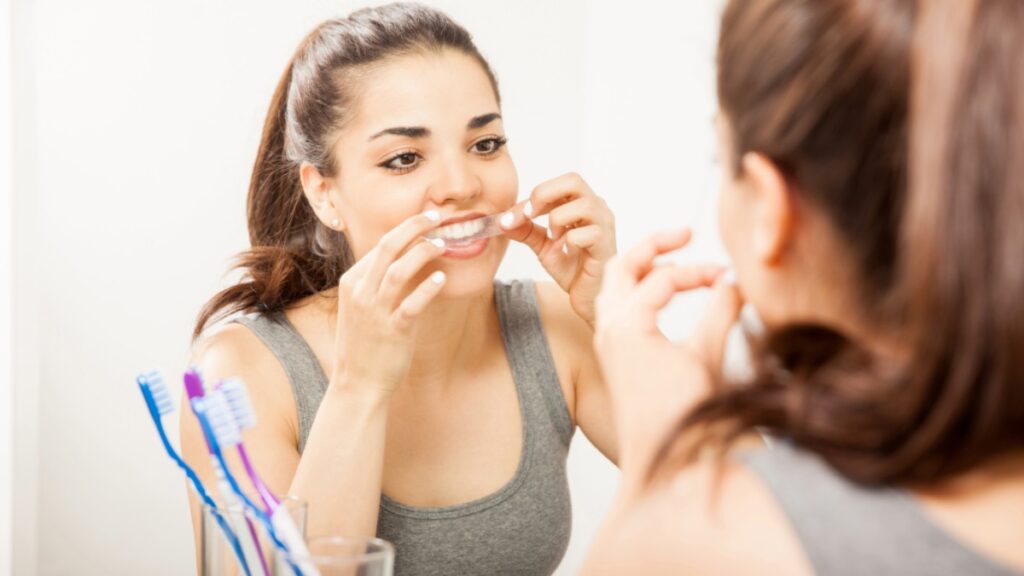Dental health is a cornerstone of overall well-being, yet it remains surrounded by a myriad of myths and misconceptions that often steer people away from proper oral care. From the frequency of dental visits to the nuances of brushing and flossing, misinformation abounds.
In this comprehensive guide, we’ll debunk some of the most common myths about dental care, providing you with the accurate information needed to maintain a healthy smile.
Myth #1: “You Only Need to See a Dentist if You Have Tooth Pain”
Why Regular Check-ups Are Crucial
One of the most pervasive myths is that dental visits are only necessary when you experience tooth pain. This couldn’t be further from the truth. Regular dental check-ups are essential for the early detection and prevention of oral health issues. According to dental health experts, many problems like cavities, gum disease, and even oral cancer can develop without noticeable symptoms in the early stages. By the time pain occurs, the condition may have progressed significantly, requiring more invasive treatments.
The Importance of Professional Cleaning
Another crucial aspect of regular dental check-ups is professional cleaning. No matter how well you brush and floss, some plaque and tartar will inevitably build up on your teeth over time. This can lead to tooth decay and gum disease if not properly removed by a dental hygienist during routine cleanings. Regular visits to the dentist in Berlin, CT, can help keep your teeth and gums healthy and prevent the need for more extensive dental work down the road.
Myth #2: “Brushing Harder Means Cleaner Teeth”
The Misconception and Its Harmful Effects
It’s a common belief that vigorous brushing will lead to cleaner teeth. However, brushing too hard can actually cause more harm than good. Aggressive brushing can wear down tooth enamel, irritate gums, and lead to sensitivity and receding gums.
Tips for Correct Brushing Technique
The key to effective brushing lies in the technique rather than the force applied. Use a soft-bristled toothbrush and hold it at a 45-degree angle to your gums. Make gentle, circular motions rather than scrubbing back and forth. Aim to brush for two minutes, covering all surfaces of your teeth. This method ensures cleanliness without causing damage.
Myth #3: “Sugar is the Sole Culprit for Tooth Decay”
Other Factors Contributing to Cavities
While sugar is a major contributor to tooth decay, it’s not the only factor. Bacteria in the mouth feed on sugars and starches from foods and drinks, producing acids that attack tooth enamel. However, poor oral hygiene, dry mouth, and a diet high in acidic foods can also increase the risk of cavities.
Dietary Advice for Better Oral Health
To minimize the risk of tooth decay, reduce your intake of sugary and starchy foods. Opt for a balanced diet rich in fruits, vegetables, lean proteins, and dairy products. Drinking plenty of water and chewing sugar-free gum can help stimulate saliva production, which naturally cleanses the mouth and reduces acidity.
Myth #4: “Flossing is Optional”
Importance of Flossing
Flossing is often overlooked, but it’s a critical component of oral hygiene. Flossing removes plaque and food particles from between teeth and under the gumline, areas that a toothbrush cannot reach. Neglecting to floss can lead to gum disease and cavities in these hidden areas.
Guide on Proper Flossing Techniques
To floss effectively, use about 18 inches of dental floss. Wrap most of the floss around each middle finger, leaving an inch or two to work with. Gently slide the floss between your teeth, curving it around each tooth in a C-shape and moving it up and down. Use a clean section of floss for each tooth to avoid transferring bacteria.
Myth #5: “Only Children Need Braces”
Orthodontic Care Benefits for Adults
While many people associate braces with childhood, orthodontic care can benefit adults as well. Misaligned teeth can contribute to various dental issues, including difficulty in cleaning, increased risk of tooth decay, and jaw pain.
Modern Orthodontic Options
Adults seeking orthodontic treatment today have more options than ever before. Beyond traditional metal braces, there are clear aligners like Invisalign, ceramic braces, and lingual braces that fit behind the teeth. These modern solutions are less noticeable and can be more comfortable, making orthodontic care accessible and appealing for adults.
Conclusion
Debunking these common myths about dental care highlights the importance of staying informed and practicing proper oral hygiene. Regular dental check-ups, gentle brushing, balanced diets, and consistent flossing are all crucial steps in maintaining a healthy smile. Orthodontic care isn’t just for kids; adults can also benefit from modern treatments.
Read our blogs Magazines Victor

